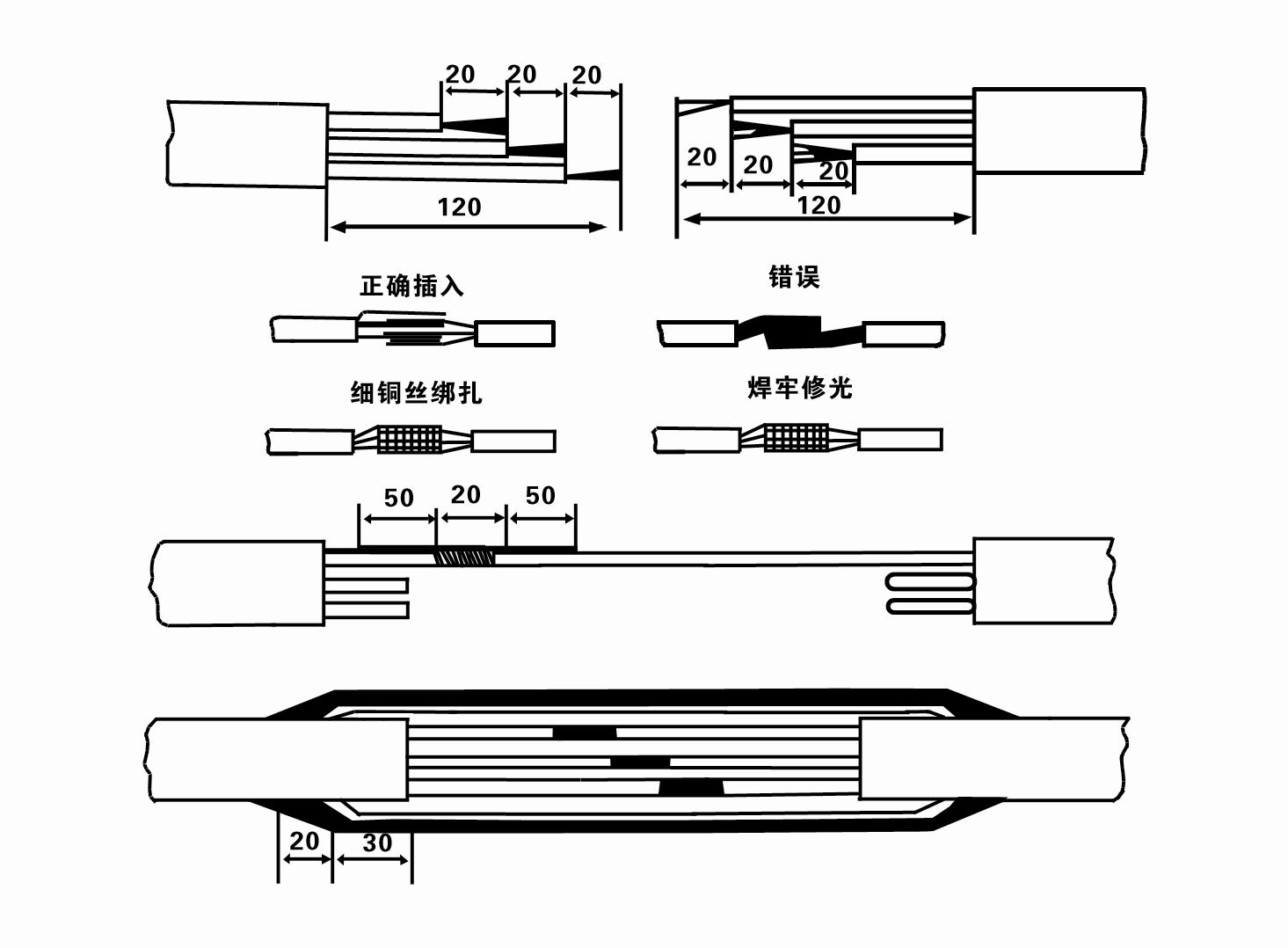Dec . 04, 2024 14:44 Back to list
High-Performance Deep Submersible Pump for Efficient Water Extraction Solutions
Understanding Super Submersible Pumps An Essential Tool for Various Applications
In the realm of fluid management, super submersible pumps have emerged as a critical piece of machinery in various industries. These pumps are designed to operate underwater, making them ideal for a range of applications, from municipal water supply systems to agricultural irrigation, and even in industrial contexts. With their unique design and advanced technology, super submersible pumps provide efficient and reliable solutions for fluid transport.
What Are Super Submersible Pumps?
Super submersible pumps are specially engineered pumps that can be fully submerged in the fluid they are meant to pump. Unlike traditional pumps that pull fluid through suction, submersible pumps push fluid to the surface, which significantly reduces the risk of cavitation—a phenomenon where vapor bubbles form in the fluid and collapse, causing noise and potential damage to the pump.
These pumps are typically powered by electric motors that are hermetically sealed to prevent water intrusion. The motors are connected to impellers that rotate at high speeds to create a pressure difference, allowing for efficient fluid movement. Due to their design, super submersible pumps can handle larger flow rates and operate at greater depths than standard pumps, making them ideal for deep well applications and other challenging environments.
Applications of Super Submersible Pumps
1. Water Supply and Distribution In municipal and rural water supply systems, super submersible pumps are often used to extract groundwater from wells. Their capability to operate at significant depths makes them suitable for various aquifer conditions, ensuring a consistent and reliable water supply.
2. Agricultural Irrigation Farmers use super submersible pumps to extract water for irrigation purposes, especially in areas where surface water is scarce. These pumps can efficiently transport water from underground sources to fields, facilitating more sustainable farming practices.
3. Wastewater Management Super submersible pumps also play a crucial role in wastewater treatment facilities. They are used to move sewage and wastewater from collection points to treatment plants, ensuring effective waste management and environmental protection.
super submersible pump

4. Industrial Processes Many manufacturing industries utilize super submersible pumps for fluid transfer processes, including the movement of chemicals and other materials. Their robustness and reliability make them suitable for harsh industrial environments.
Advantages of Super Submersible Pumps
The popularity of super submersible pumps can be attributed to several key advantages
- Efficiency By operating underwater, these pumps eliminate the need for priming and reduce energy consumption, contributing to lower operational costs.
- Durability Designed to withstand challenging conditions, super submersible pumps are often constructed from corrosion-resistant materials, enhancing their longevity and reducing maintenance needs.
- Versatility These pumps can handle various fluid types, including clear and slightly contaminated liquids, making them adaptable for multiple applications.
- Space-Saving Design Because they operate submerged, super submersible pumps often occupy less surface space compared to surface-mounted alternatives, offering greater flexibility in installation.
Conclusion
Super submersible pumps represent a vital component in the efficient management of water and other fluids across diverse sectors. Their ability to perform in challenging environments, combined with their efficiency and durability, ensures that they will continue to play an essential role in addressing the world’s fluid transport needs. As technology advances, we can expect even more innovations in the design and functionality of super submersible pumps, making them increasingly effective and environmentally friendly solutions for the future. Whether for agricultural, municipal, or industrial use, investing in high-quality super submersible pumps is an investment in efficiency and sustainability.
-
Submersible Water Pump: The Efficient 'Power Pioneer' of the Underwater World
NewsJul.01,2025
-
Submersible Pond Pump: The Hidden Guardian of Water Landscape Ecology
NewsJul.01,2025
-
Stainless Well Pump: A Reliable and Durable Pumping Main Force
NewsJul.01,2025
-
Stainless Steel Submersible Pump: An Efficient and Versatile Tool for Underwater Operations
NewsJul.01,2025
-
Deep Well Submersible Pump: An Efficient 'Sucker' of Groundwater Sources
NewsJul.01,2025
-
Deep Water Well Pump: An Efficient 'Sucker' of Groundwater Sources
NewsJul.01,2025
-
 Submersible Water Pump: The Efficient 'Power Pioneer' of the Underwater WorldIn the field of hydraulic equipment, the Submersible Water Pump has become the core equipment for underwater operations and water resource transportation due to its unique design and excellent performance.Detail
Submersible Water Pump: The Efficient 'Power Pioneer' of the Underwater WorldIn the field of hydraulic equipment, the Submersible Water Pump has become the core equipment for underwater operations and water resource transportation due to its unique design and excellent performance.Detail -
 Submersible Pond Pump: The Hidden Guardian of Water Landscape EcologyIn courtyard landscapes, ecological ponds, and even small-scale water conservancy projects, there is a silent yet indispensable equipment - the Submersible Pond Pump.Detail
Submersible Pond Pump: The Hidden Guardian of Water Landscape EcologyIn courtyard landscapes, ecological ponds, and even small-scale water conservancy projects, there is a silent yet indispensable equipment - the Submersible Pond Pump.Detail -
 Stainless Well Pump: A Reliable and Durable Pumping Main ForceIn the field of water resource transportation, Stainless Well Pump has become the core equipment for various pumping scenarios with its excellent performance and reliable quality.Detail
Stainless Well Pump: A Reliable and Durable Pumping Main ForceIn the field of water resource transportation, Stainless Well Pump has become the core equipment for various pumping scenarios with its excellent performance and reliable quality.Detail
